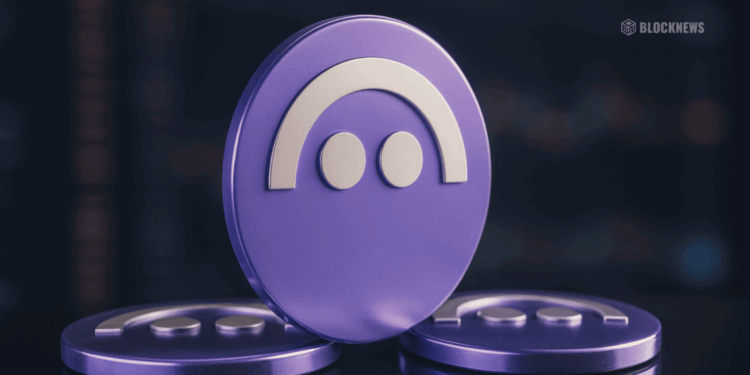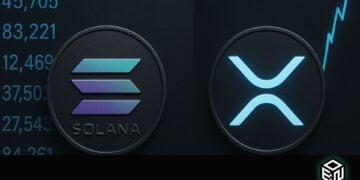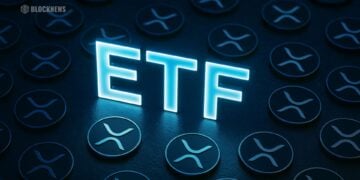- Aave v4 launches in Q4 2025 with a Hub-and-Spoke design to improve liquidity and cut fees.
- The new Reinvestment Module will optimize idle liquidity for higher LP returns.
- An upgraded liquidation engine promises faster, more accurate, and safer liquidations.
Aave CEO Stani Kulechov has confirmed that the much-anticipated Aave v4 upgrade will roll out in Q4 2025, marking one of the year’s biggest developments in decentralized finance. The update introduces a Hub-and-Spoke architecture designed to streamline liquidity across the protocol. This structure is expected to improve user experience, cut down on gas fees, and strengthen Aave’s position as a leading DeFi platform.
Reinvestment Module: Putting Idle Liquidity to Work
One of the standout features of v4 is the new Reinvestment Module, which will automatically deploy unused liquidity into low-risk yield strategies. Initially not part of the original design, this addition aims to maximize capital efficiency for liquidity providers. Inspired by Ethena’s model, the module will redirect idle pool float into yield opportunities, effectively increasing returns while making Aave more attractive for investors and institutional users.
Faster and Safer Liquidations With New Engine
The upgrade also brings a completely revamped liquidation engine built to handle liquidations with greater speed and accuracy. By improving execution during volatile market conditions, the system reduces risks for both lenders and borrowers. This enhancement is a direct response to past challenges in DeFi platforms where delayed or inefficient liquidations led to cascading risks. With v4, Aave aims to deliver a safer and more reliable lending environment.
Roadmap and Long-Term Vision
According to Kulechov, the Aave team is on track with development, having worked for months on refining v4’s architecture and features. The roadmap highlights the protocol’s continued push for innovation as DeFi matures. By combining structural upgrades, better capital efficiency, and enhanced security, Aave is positioning itself to remain a top choice for decentralized lending in 2025 and beyond.














